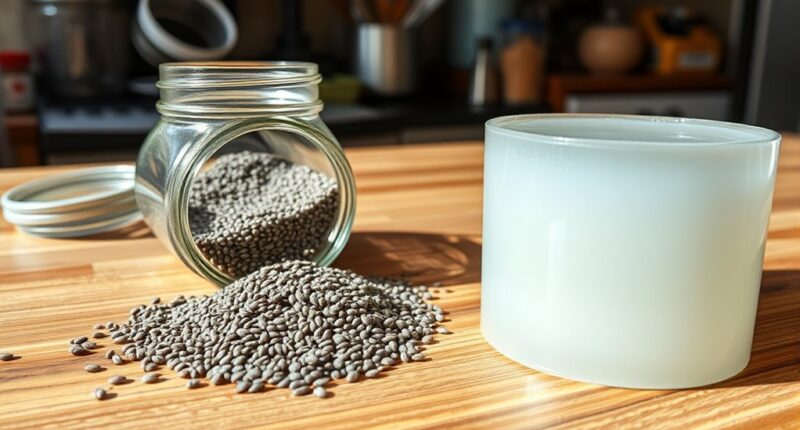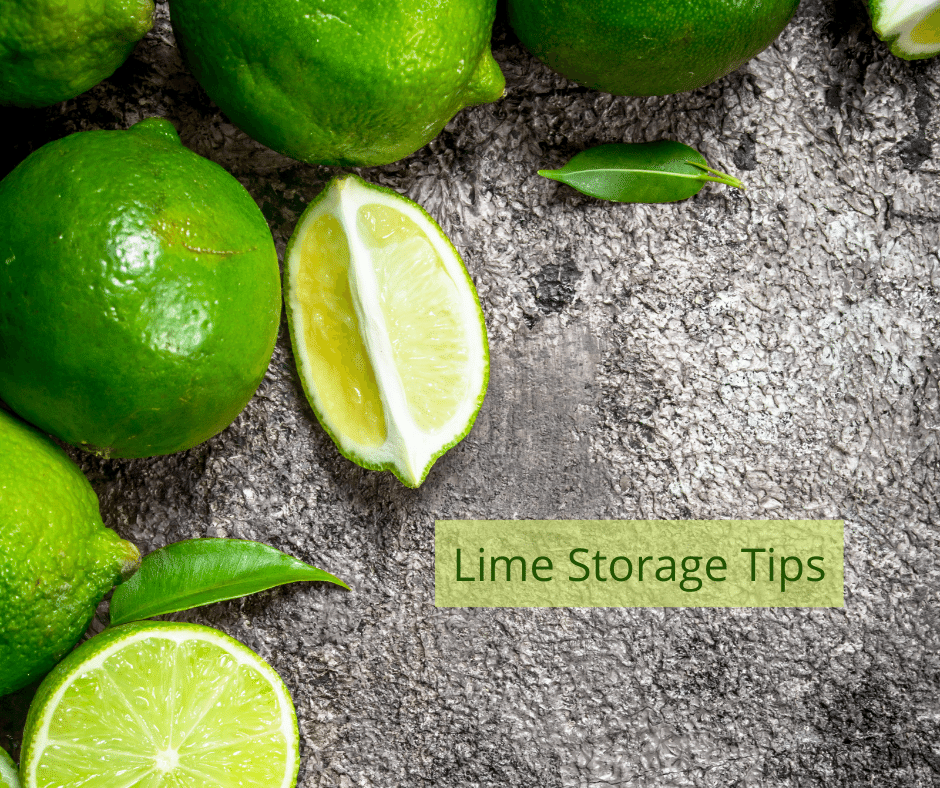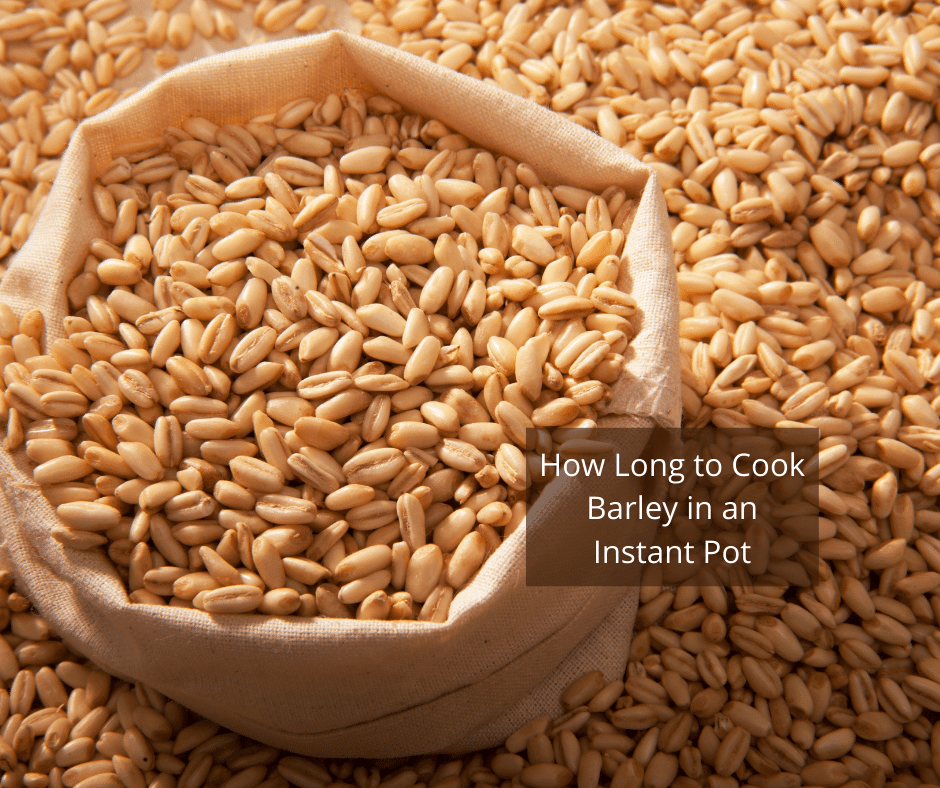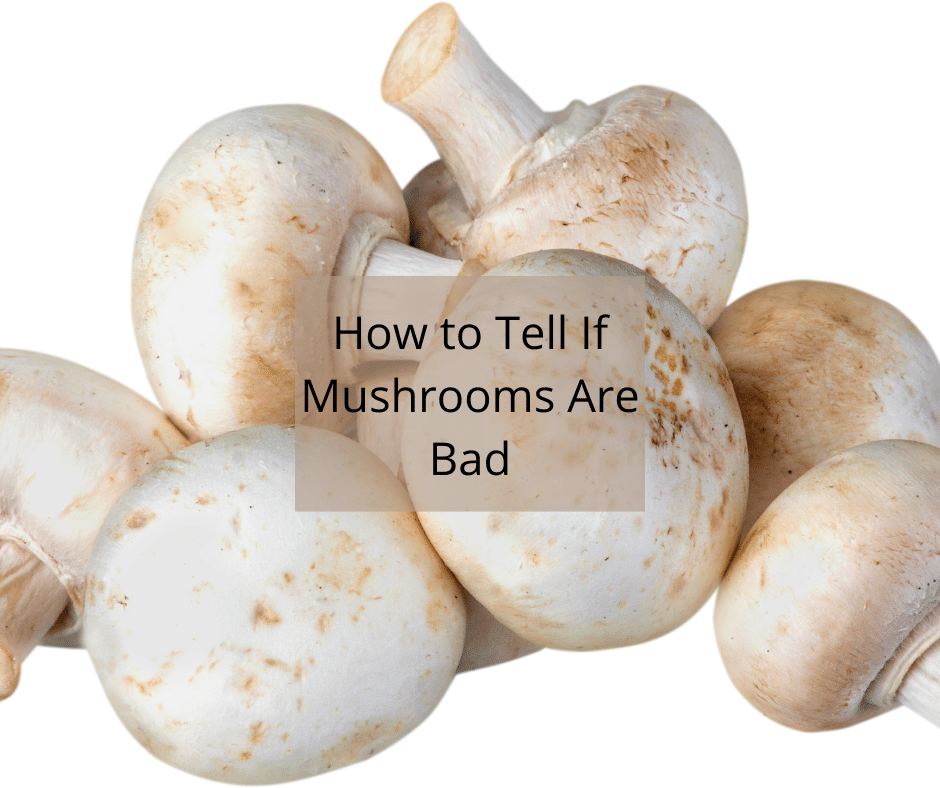To avoid common mistakes, plan how you incorporate chia seeds into your meals and avoid adding them dry without soaking. Adjust recipes properly, especially when substituting ingredients like eggs, to prevent dense textures. Always hydrate chia seeds beforehand to prevent choking and digestive discomfort. Don’t overconsume or rush increasing your intake, as it can lead to bloating or GI issues. If you keep these tips in mind, you’ll use chia seeds more safely and effectively as part of your diet.
Key Takeaways
- Do not consume dry chia seeds without soaking, as it can cause choking or digestive discomfort.
- Avoid adding chia seeds randomly; plan their inclusion to maximize nutritional benefits and prevent overuse.
- Replace eggs with chia gel using proper ratios to maintain recipe texture and taste.
- Gradually increase chia seed intake to monitor digestion and prevent gastrointestinal issues.
- Always hydrate chia seeds in advance to unlock their full health benefits and improve digestibility.
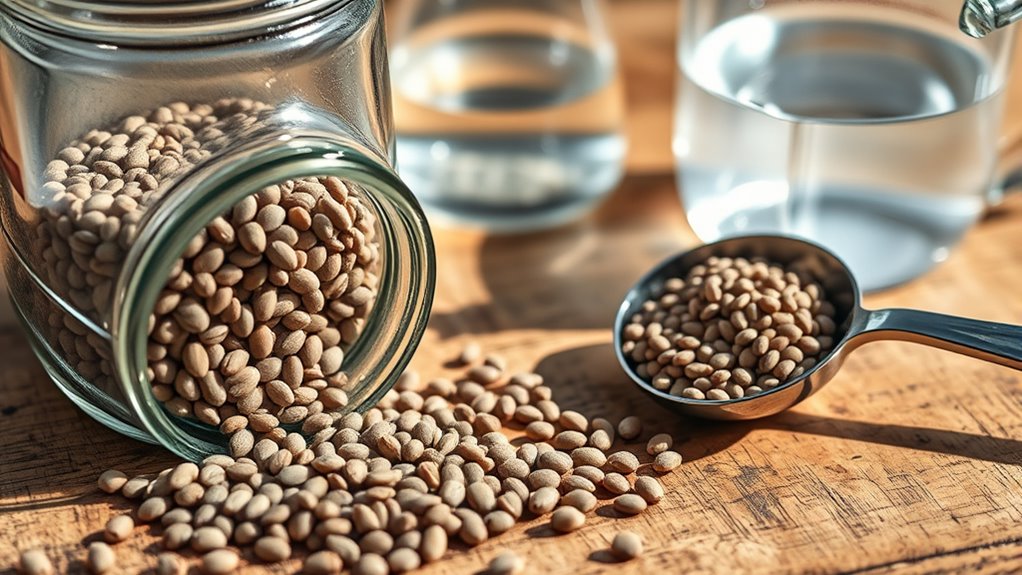
Chia seeds are a popular superfood, but many people make simple mistakes that can reduce their health benefits or cause discomfort. One common mistake is not considering how to incorporate them into your meal planning effectively. If you skip planning ahead, you might end up adding chia seeds randomly to your meals without understanding how they interact with other ingredients or your daily diet. For example, simply tossing a spoonful into a bowl without considering the overall nutritional balance can lead to missed opportunities for maximizing their benefits. To get the most out of chia seeds, think about how they fit into your daily meals and snacks, and plan accordingly. This way, you ensure you’re not only enjoying their nutritional perks but also avoiding overconsumption or digestive discomfort.
Incorporate chia seeds thoughtfully into your meals to maximize benefits and avoid digestive issues.
Another mistake people make involves recipe substitutions. While chia seeds are versatile and can replace eggs in baking or act as a thickening agent, improper substitutions can lead to less desirable results. For instance, if you’re replacing eggs with chia gel in a recipe, you need to get the ratio right; too much chia can make baked goods dense or gritty. The key is understanding how to incorporate chia seeds properly into various recipes, whether it’s smoothies, puddings, or baked goods. If you ignore the specifics of recipe substitutions, you might end up with a dish that’s not only less tasty but also less nutritious or difficult to digest.
Many users also overlook the importance of proper hydration when consuming chia seeds. Since they absorb a lot of liquid, eating them dry can cause choking or stomach discomfort. To avoid this, always soak chia seeds before adding them to recipes or meals. Soaking not only makes them easier to digest but also ensures you enjoy their full health benefits. If you forget to hydrate them, you risk experiencing bloating or constipation, which can discourage continued use. Incorporating natural food interactions such as soaking chia seeds enhances their effectiveness and safety. Also, incorporate soaking into your meal planning routine—prepare chia gel in advance or add them to liquids a few minutes before eating.
Lastly, some people underestimate the importance of moderation. While chia seeds are packed with nutrients, overdoing it can lead to gastrointestinal issues or nutrient imbalances. Keep your intake reasonable, especially if you’re new to chia seeds. Gradually increase your consumption and observe how your body responds. This cautious approach allows you to enjoy the benefits without discomfort or setbacks. Overall, paying attention to meal planning, mastering recipe substitutions, properly hydrating, and practicing moderation help you avoid the common pitfalls of using chia seeds, ensuring you maximize their health benefits safely and effectively.
Frequently Asked Questions
Can Chia Seeds Cause Allergic Reactions?
Yes, chia seeds can cause allergic reactions if you have seed allergies. If you’re prone to allergic reactions, start with a small amount to see how your body responds. Symptoms like itching, swelling, or difficulty breathing might occur. Always check ingredient labels and consult with a healthcare professional if you have a history of seed allergies. Being cautious helps prevent uncomfortable or serious allergic reactions when using chia seeds.
Are There Any Medications That Interact With Chia Seeds?
Yes, some medications can interact with chia seeds. If you’re on blood thinners or blood pressure meds, chia’s high omega-3 and fiber content may enhance their effects, potentially causing bleeding or low blood pressure. You should consult your healthcare provider before adding chia seeds to your diet, especially if you’re on medication, to avoid unintended supplement effects or medication interactions that could affect your health.
How Long Do Chia Seeds Stay Fresh?
Chia seeds stay fresh for about 2 to 4 years if stored properly. To preserve their potency, follow smart storage tips like keeping them in a cool, dark, airtight container. Look for freshness indicators such as a nutty aroma and intact, shiny seeds. When seeds lose their scent or develop an off taste, it’s time to toss them. Proper storage and attentive inspection keep your chia seeds fresh and flavorful longer.
Can Children Safely Consume Chia Seeds Regularly?
Yes, children can safely consume chia seeds regularly when incorporated into their balanced children’s nutrition. Just make certain you introduce them gradually and in appropriate amounts, as too much fiber can cause digestive issues. Soak or grind the seeds to improve digestion and nutrient absorption. Always check for any allergies and consult with a pediatrician if you’re unsure. Properly prepared chia seeds can be a healthy addition to your child’s diet.
Do Chia Seeds Affect Blood Sugar Levels Significantly?
You might worry that chia seeds cause blood sugar spikes, but they actually have a minimal impact on blood sugar levels. Their high fiber content slows digestion, leading to a gentle insulin response. When you include chia seeds in your diet, they can help stabilize blood sugar rather than cause significant fluctuations. Just remember to consume them with balanced meals for the best effect on blood sugar impact and insulin response.
Conclusion
Think of using chia seeds like tending a delicate garden. If you rush or skip watering, they won’t thrive. Similarly, neglecting proper preparation or overdoing it can hinder their benefits. By paying attention and nurturing your chia seeds wisely, you’ll open their full potential—like a flourishing garden bursting with life. So, be mindful and gentle in your approach. With patience and care, your chia seeds will reward you with health and vitality, just like a well-tended garden blooms beautifully.
